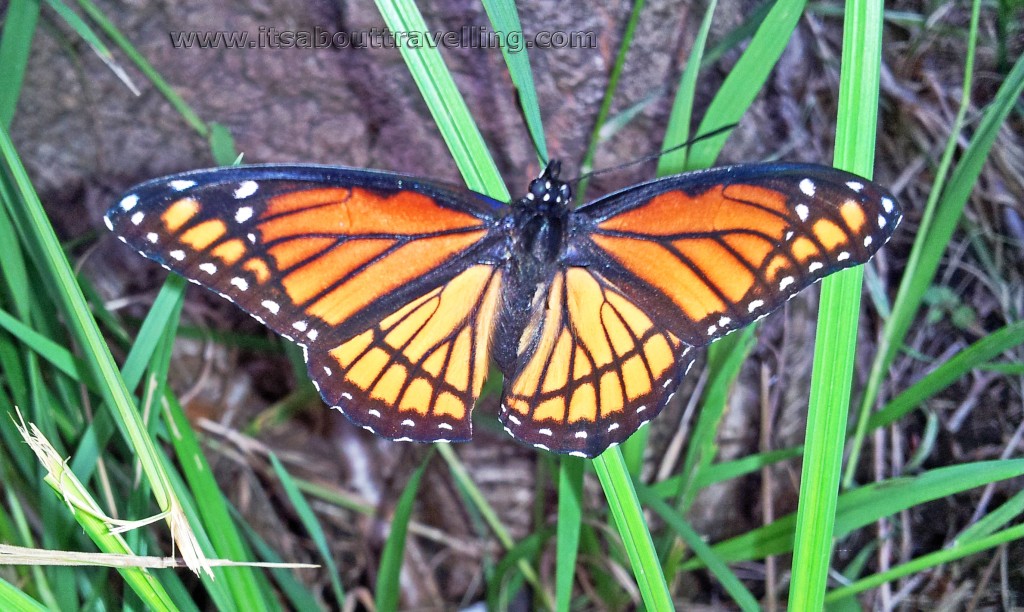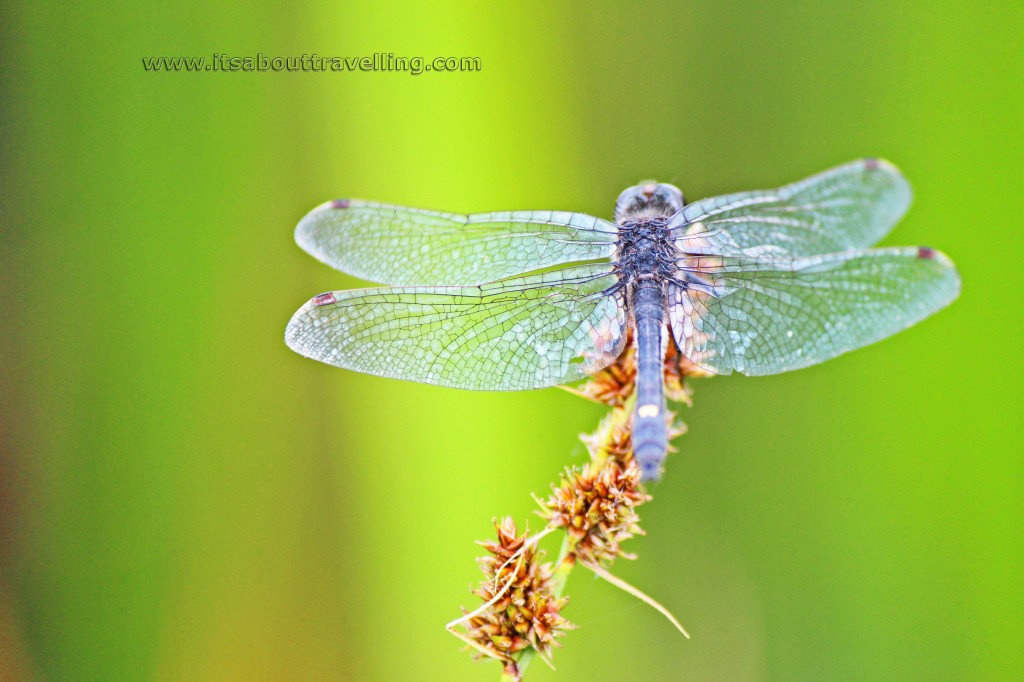Back in the early 1990’s, my education at Sir Sanford Fleming College in Lindsay, Ontario included a course in insect identification. I must admit, I did quite well. Today, I remember little to nothing.
When I got hooked on taking images of our little friends this spring and summer, I had to start all over with the identification. Sure, I could have just said it was a butterfly or dragonfly and leave it at that. Afterall, that’s often where we stand in our increasingly dumbed down society.
The images below are about the beauty in that micro world that’s all around us but we rarely truly see. The identification is hopefully correct but I’m questionable on a few. If you happen to see some errors – please, it will not hurt my feels in the least if you correct me (throw the proper info in the comments section).
This is not a Monarch Butterfly. I should have remembered this from college and was corrected on it when I posted the same image on Instagram. This is a Viceroy. The differences are subtle with Monarchs and Viceroys living nearly parallel lives. However, the Viceroy is smaller and is defined by the inner black line that runs just inside from the outside of the wings, across the black veins. The Monarch lacks this extra set of lines. For those who care, the latin name is Limenitis archippus.
Dot-tailed Whiteface is a popular dragonfly. obviously, the name comes from that yellow dot near the end of the tail. Note that when the dragonfly is not flying the wings rest in an outright position. This is an important difference between dragonflies and damselflies. Latin: Leucorrhinia intacta.
I’m pretty sure this is a European Skipper. Previous to 1910, this little butterfly did not exist in North America. It was accidentally introduced in 1910 with the epicentre being London, Ontario. In Europe, this guy is called an Essex Skipper. Latin: Thymelicus lineola.
This guy is awesome and you really can’t get a close enough image. The White-faced Meadowhawk is simply one photogenic dragonfly. Latin: Sympetrum obtrusum.
It’s a bluet or spreadwing – both damselflies. My best guess is a Rainbow Bluet. I’m thinking not a spreadwing type damselfly because the wings are not fully upright at rest. Regardless, he’s cute. Latin: Enallagma antennatum.
This is definitely a spreadwing type of damselfly. My guess is Emerald Spreadwing. Why spreadwing? Damselflies are generally identified at rest because their wings fold up together above the body. As the name spreadwing would suggest, these are an exception as the wings stay spread and out to the sides. Latin: Lestes dryas.
Clouded Sulphur Butterfly. These are the ones seen dancing around from plant to plant in the meadow, never seeming to stop long enough to even feed. The eye-like spots on the wings are an identifying feature, as is the green body. Latin: Colias philodice.
Common wherever there is running water, the Ebony Jewelwing can almost be mistaken for a butterfly. In fact, it is a damselfly – note the wings straight back and touching while not flying. The emerald body is another identifying feature. Latin: Calopteryx maculata.
As common, and as beautiful, as it gets. The Eastern Tiger Swallowtail is easily identified and mimics the size and lifestyle of Monarchs. Latin: Papilio glaucus.
Here’s your chance to shine! Not a clue what these are and they’re a bit of a departure from the rest of the insects included here. However, I’m sure they fly and the image was too good to pass up. If you know what they are, let us know!


